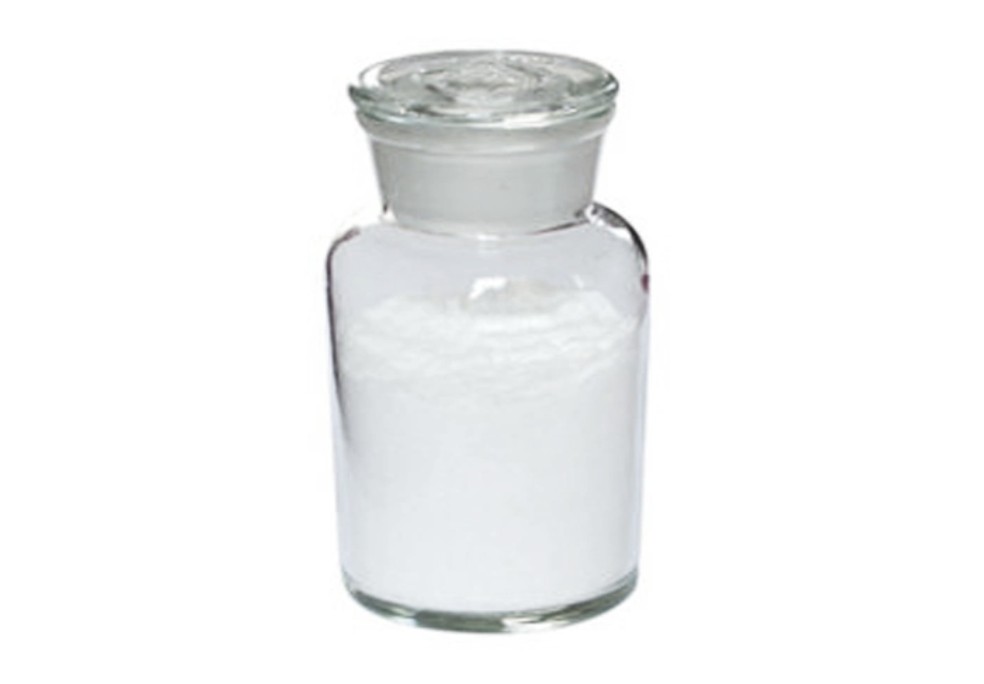Dexmedetomidine is a sedative medication used by intensive care units and anesthesiologists. It is relatively unusual in its ability to provide sedation without causing respiratory depression. Like clonidine, it is an agonist of α 2-adrenergic receptors in certain parts of the brain. It is the S-enantiomer of medetomidine, used in veterinary medicine. Dexmedetomidine hydrochloride is also used in veterinary medicine for use in dogs and cats. The drug was developed by Orion Pharma.
Dexmedetomidine is an active dextro isomer of medetomidine, which has anti-sympathetic, sedative and analgesic effects. Compared with medetomidine, this product is more selective to the central lumetomidine 2-epinephrine receptor, which is 8 times higher than clonidine.
In mediating the main pharmacological and therapeutic effects of this product, the leugh2a receptor subtype plays an important role. Leugh2a receptor exists in the presynaptic and postsynaptic regions and is mainly involved in inhibiting the release of norepinephrine and neuronal excitation. This product inhibits the release of norepinephrine and stops the transmission of pain signals by stimulating the presynaptic membrane leuben2 receptor. By activating the postsynaptic membrane receptor, dexmedetomidine inhibited sympathetic nerve activity, resulting in decreased blood pressure and heart rate. Binding to the lebenium lebenium 2 receptor in the spinal cord to produce analgesic effect can result in sedation and relief of anxiety. This product can also reduce the dose of anesthetics, improve the stability of hemodynamics and reduce the incidence of myocardial ischemia during surgery.






















